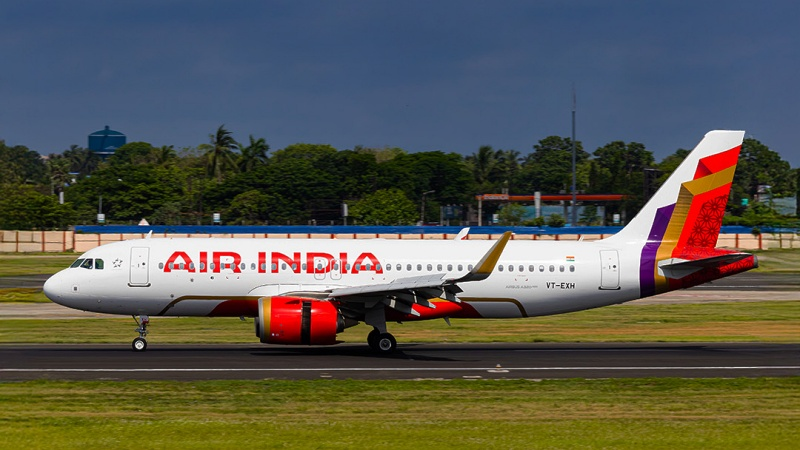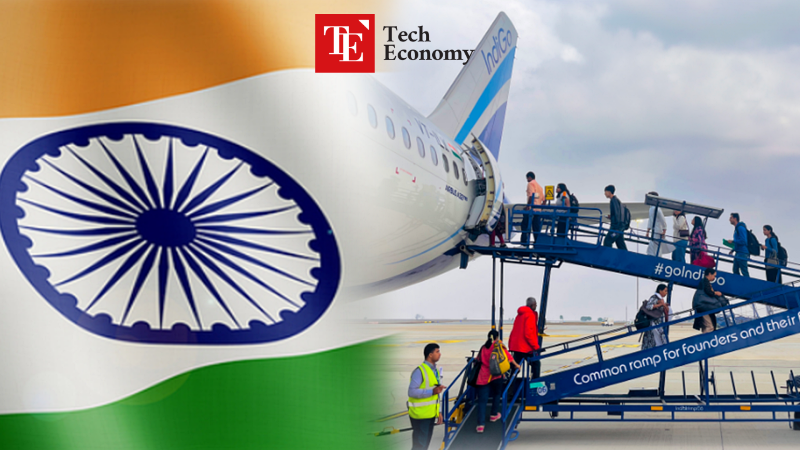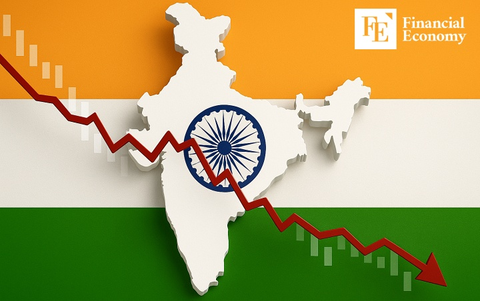Exploding Demand for Air Travel in India: Plenty of Opportunities, but the Reality Is Not So Easy
Input
Modified
Race to Capture the ‘Aviation Boom’ Originating from India Economic growth, population increase, and surging travel demand High institutional barriers such as foreign investment restrictions

India is stepping into the global spotlight as one of the most promising growth markets in aviation. Once overlooked due to its deep reliance on rail transport and underdeveloped airport infrastructure, the country is now undergoing a dramatic transformation. This change is fueled by ambitious fleet expansions, rising domestic demand, and a strategic push by the government to overhaul and expand aviation infrastructure. As both global airlines and aircraft manufacturers race to capture a slice of this rapidly evolving market, India is being hailed as the “land of opportunity” for the aviation industry. But along with this promise comes a sobering reality: growth in India’s aviation sector is far from straightforward. Behind the potential lies a labyrinth of regulatory hurdles, logistical bottlenecks, and infrastructure deficiencies that pose significant challenges to those hoping to stake a long-term claim.
Fleet Orders Skyrocket as India Expands Its Aviation Footprint
At the heart of India’s aviation boom is an extraordinary wave of aircraft purchases by major local carriers. Air India, backed by the industrial powerhouse Tata Group, is negotiating with both Boeing and Airbus for the procurement of approximately 200 single-aisle aircraft—a clear signal of its aggressive growth strategy. This follows a historic 2023 deal in which the airline placed orders for 250 aircraft from Airbus and 220 from Boeing, totaling an eye-popping 470 aircraft. The momentum didn’t stop there; last year, the carrier added another 100 Airbus jets to its growing fleet, reinforcing its transformation into a major global player.
Not to be outdone, low-cost behemoth IndiGo—India’s largest airline by market share—has been expanding at an equally impressive pace. Having signed the largest single commercial aircraft order in aviation history in 2023 with 500 Airbus narrow-body aircraft, IndiGo continues to build out its long-haul capabilities. The airline ordered 30 Airbus A350-900 wide-body jets last year and mirrored that commitment again this year, demonstrating its intent to go beyond regional dominance and compete on long-distance international routes.
This surge in aircraft orders underscores the carriers’ confidence in India’s growing demand for air travel. But their ambition would be futile without infrastructure to support it—and this is where the Indian government steps in. Since 2014, India has doubled its number of operational airports, expanding from 74 to 157. Plans are in place to increase that number to 400 by 2047, marking the centennial of India’s independence. The government’s aviation strategy aligns with India’s broader economic trajectory: amid a global slowdown caused by protectionist trade policies—such as U.S.-imposed tariffs—India is increasingly becoming a go-to destination for manufacturing relocation. This reshoring wave is expected to further stimulate business travel and cargo needs, adding to the already strong consumer demand for domestic and international flights.
India’s Skyward Ascent: Vast Potential in a Low-Flying Market
Despite its ranking as the third-largest aviation market in the world—trailing only the United States and China—India's per capita air travel rate is surprisingly low. Each Indian takes just 0.12 flights per year, compared to China’s 0.46. This stark gap is rooted in the country’s historical dependence on railways, which still serve as the backbone of national transportation. Yet this underutilization highlights the tremendous untapped potential of the Indian aviation market.
The International Air Transport Association (IATA) projects India’s aviation sector to grow at an average annual rate of more than 7% over the next two decades. This bullish forecast is supported by several reinforcing trends: a steadily expanding economy, a ballooning population, and rising consumer aspirations. India’s middle class is not just growing—it’s becoming more mobile, and more willing to travel for work, education, and leisure. As the country continues to bolster its GDP through IT, manufacturing, and services, increased disposable income and urban migration are expected to fuel further growth in air travel.
For global aviation companies, this scenario is nothing short of a goldmine. A country with the size of Europe and a growing population eager to travel more and farther is precisely the environment airlines and aircraft makers dream of. India’s demographic profile—young, mobile, and increasingly affluent—makes it an unparalleled growth engine. Yet, as they rush to take advantage of this market, international stakeholders are discovering that India’s takeoff comes with turbulence.

The Hard Ground Realities: Infrastructure and Regulation Remain Major Hurdles
Even as demand soars and investments pour in, there is growing consensus that India’s aviation transformation will be neither swift nor smooth. The most immediate challenges come from the regulatory environment, which remains difficult for foreign players to navigate. Restrictions on foreign direct investment in airlines, a convoluted and bureaucratic route allocation policy, and inconsistent licensing and safety regulations create formidable barriers to entry and operations for global carriers.
Moreover, the supporting infrastructure simply hasn’t kept pace with the scale of investment and ambition. While progress has been made in major metropolitan areas, regional airports remain outdated. Air traffic control systems are still operating on antiquated technology, contributing to flight delays and inefficiencies. There’s also a critical shortage of airport slots, hangars, and maintenance facilities. The result is a system where even the newest aircraft may sit idle or be deployed inefficiently due to bottlenecks on the ground. Airline operators voice growing concerns that delays, overcapacity, and chaotic airport management could undercut their profitability.
Operational challenges don’t end there. India’s labor laws and safety regulations vary widely from international standards, adding another layer of complexity for foreign airlines and aircraft manufacturers. Differences in the qualifications required for maintenance crews, inconsistent pilot certification standards, and varying airport security protocols translate into high adaptation costs. For aircraft manufacturers, this regulatory and technical fragmentation poses a unique challenge in localizing maintenance, repair, and technical support services after delivery.
These challenges are not just operational annoyances—they are potential dealbreakers. Without systemic regulatory reform and robust investment in infrastructure, the gap between expectations and execution could grow wider. IATA itself noted this delicate balance, stating that while India is viewed with great hope by global stakeholders, that optimism is tempered by caution. For India to fully establish itself as a global aviation leader, it must overcome two defining challenges: regulatory reform and infrastructure development. Until then, India will remain a land of unmatched opportunity—but also one of unrelenting trials.





















